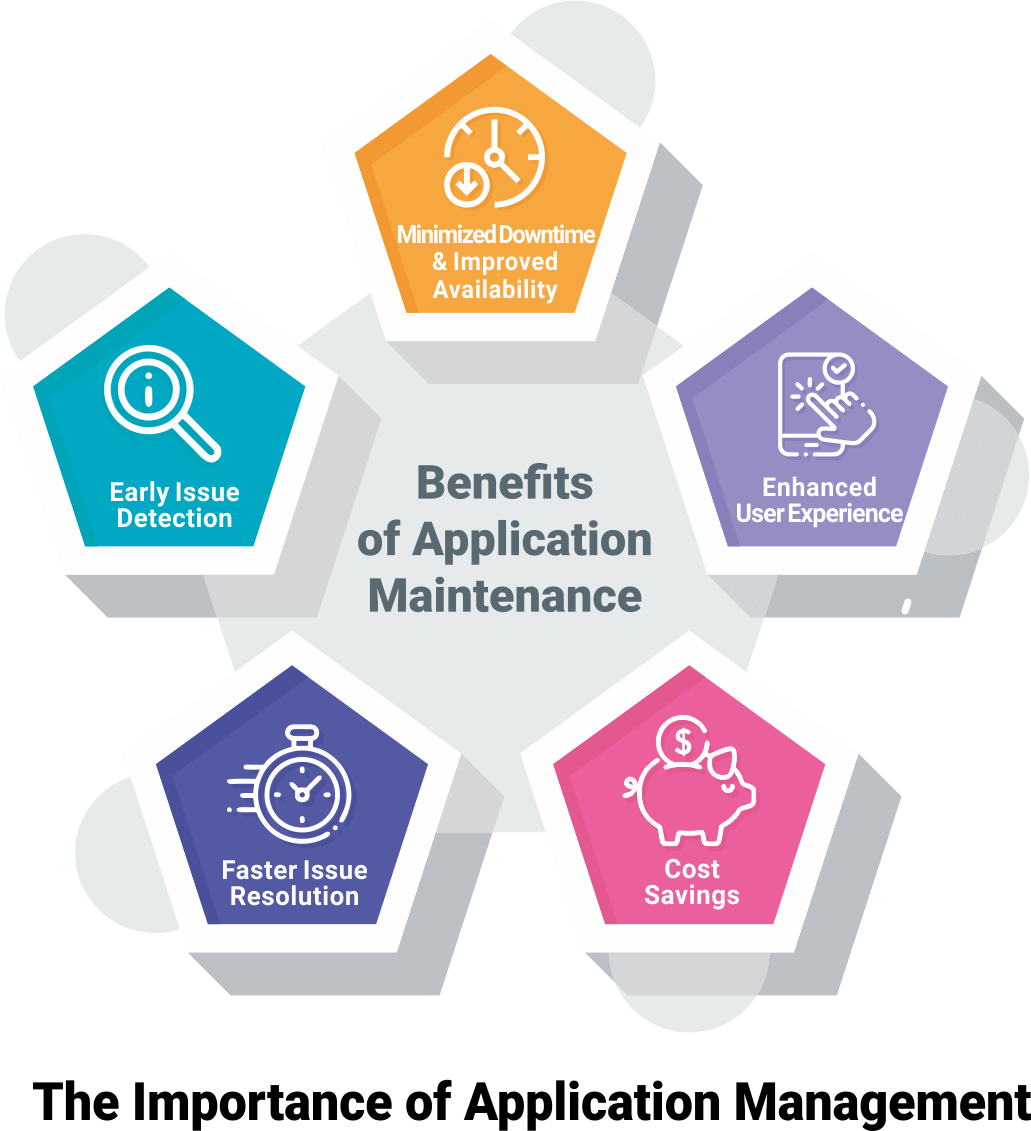Synopsis:Applications have turned into an integral part of business that has led to their success. Having an application requires maintenance and management. This blog covers its significance. From its key metrics to its benefits and positive impact on businesses, this blog contains all the necessary information.
Introduction
Application monitoring and performance management are critical components of ensuring the smooth operation and optimal performance of software applications. In today's digital landscape, where businesses heavily rely on applications to deliver products and services, monitoring and managing application performance has become a necessity. In this blog, we will delve into the definition and purpose of application management, highlighting their importance in maintaining a high-performing application environment.


